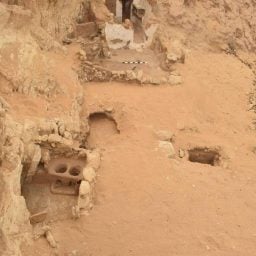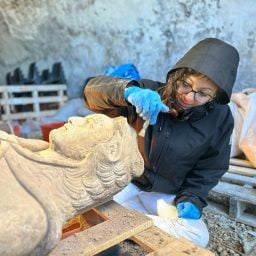Following a packed and tense meeting at Miami’s City Hall on Tuesday, the Historic and Environmental Preservation Board is one step closer to providing landmark designation for a prehistoric archaeological site discovered in Brickell that dates back to as early as 7,000 years ago. But in a compromise with developers, it will also allow construction to begin on a pair of skyscrapers on part of the property.
More than 50 people waited to speak at the hearing, most eager for the chance to make the case for preservation after months of silence from both the city and the developers on the status of the excavation and plans for the site. The meeting spilled out into the streets with crowds watching the proceedings on livestream video in a tent outside.
It was “chaos,” University of Miami archaeologist William Pestle, who helped draft the city’s historic designation proposal, told the Miami Herald.
The site is owned by Related Group, the development company owned by local art collector and real estate magnate Jorge Pérez, the namesake of the Pérez Art Museum Miami. Related purchased the property—which is located in a designated Archaeological Area—for $104 million in 2013, planning to build a luxury hotel and condos. The company took out a $164 million construction loan for the first phase of the work, at Southeast Fifth Street.
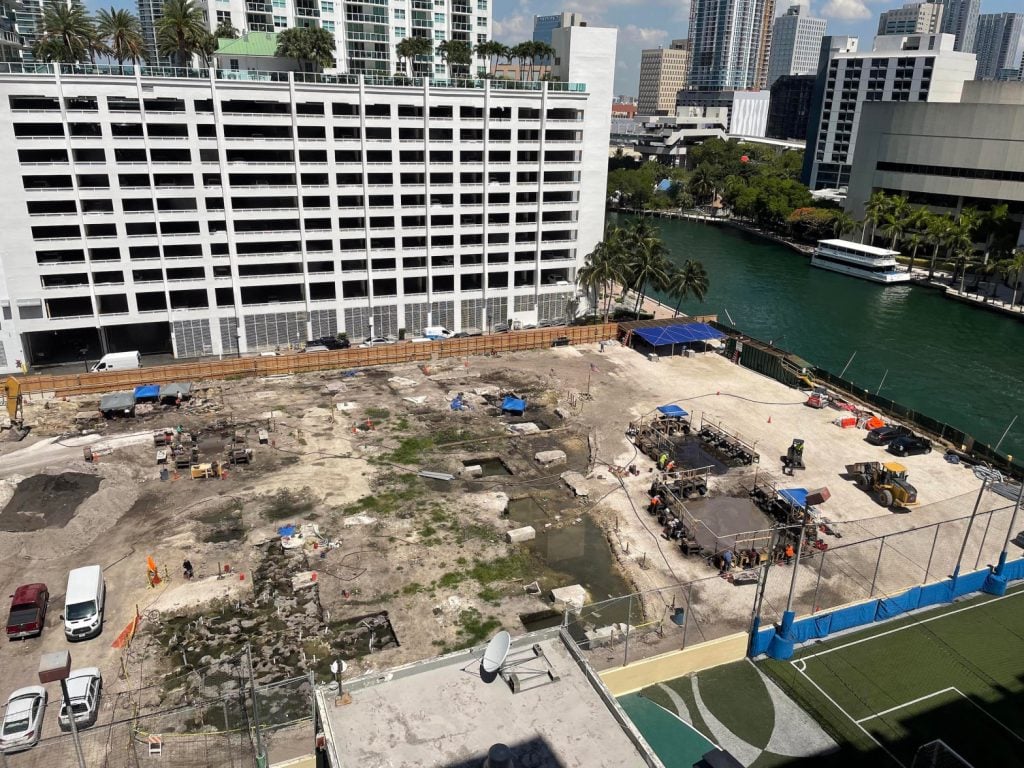
Part of the 444 Brickell development site, which could receive protected designation as a historic landmark. Photo courtesy Archaeological and Historical Conservancy of Florida.
But after demolishing the federal complex that previously occupied the lot, Related soon realized it had stumbled upon an archaeological goldmine, and was forced to pause construction in April 2021. The ground was chock full of prehistoric tools and other artifacts—as well as human remains—from a settlement of the Tequesta Civilization, Florida’s first people.
There were shards of pottery and engraved shells, stone tools, and perforated shark teeth that would have been affixed to wooden handles to create knives. The site also contained postholes cut into the bedrock to support the foundations of buildings and boardwalks, as well as seeds, wood, and animal bones, including a whale rib likely used as a religious offering.
The discovery has been compared to nearby Miami Circle, a circular prehistoric structure cut into the bedrock by the Tequesta.
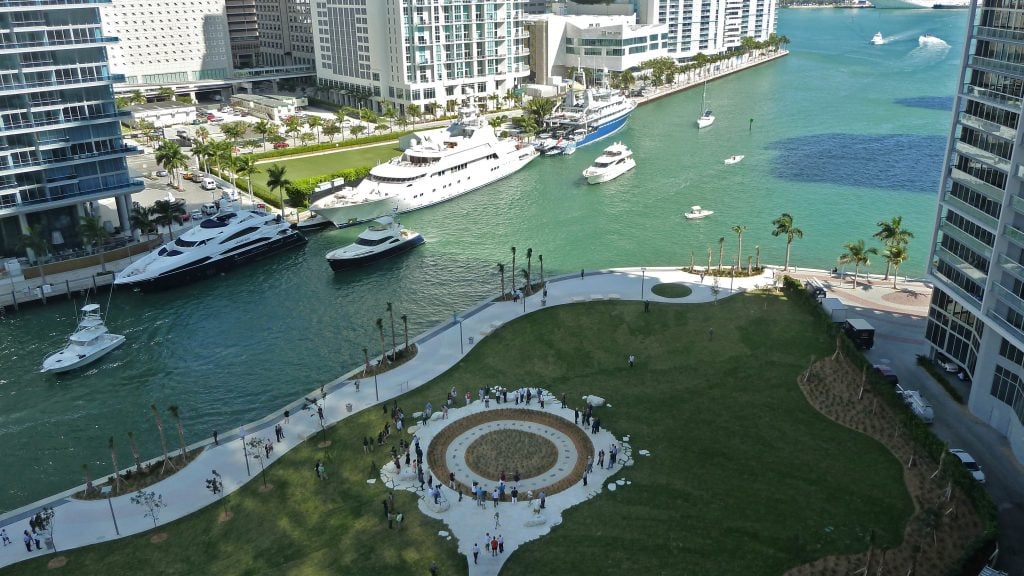
Miami Circle, an archaeological site discovered in 1998 during a building demolition. Today, it is a National Historic Landmark. Photo by Juan Castro Olivera/AFP via Getty Images.
The earliest permanent settlement and only known site of its kind on the East Coast, it was discovered in Brickell in 1998. Plans to build two high-rise buildings were subsequently abandoned. Today, it is a National Historic Landmark and is included on the National Register of Historic Places. (Related intends to build a walkway to Miami Circle as part of its plans for the Brickell development.)
Although preservation officials determined that the entire site facing development in Brickell is deserving of a protected designation, the city would have risked “protracted litigation” from Related had it attempted to curtail construction altogether, preservation board member Luis Prieto y Munoz said at the meeting.
Developers are required by law to bring in archaeologists upon the discovery of prehistoric artifacts date, and to date Related has spent $20 million on excavations. Eager to move forward with project, the company contended that official historic designation would cause permitting and construction delays to the tune of “hundreds of millions of dollars.”
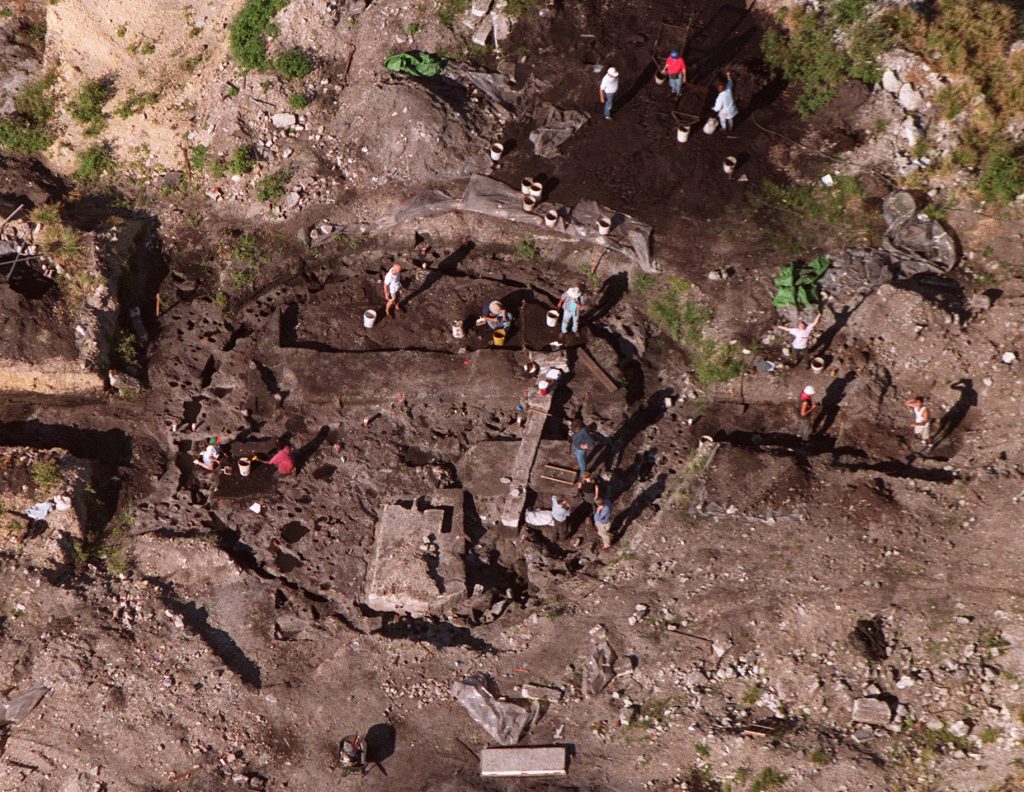
Excavations at Miami Circle in 1998. Photo by Eric Smith, Getty Images.
At the hearing, Related archaeological consultant Robert Carr also argued that the site is only 2,500 years old, and that the oldest artifacts, from 7,000 years ago, were collected by people who lived there much later.
Other experts disagree.
“There are artifacts going back sequentially over those thousands of years,” Pestle told the Herald in February. “This is like a continuous record, which is powerful and cool. You’re going back to the time of the emergence of the first cities in Mesopotamia. It’s thousands of years before the Roman Republic and the Roman Empire. By any measure, this is an early manifestation of human activity. This is legitimately old.”
Pérez published an op-ed in the Herald countering that position. “The experts agree: This site is not as old as the pyramids, and it is not another Miami Circle,” he wrote, promising that while he remains committed to the construction project, “all of the findings will be part of a major interpretative exhibit that will be preserved for further research and study in a reputable institution and available for public display.”
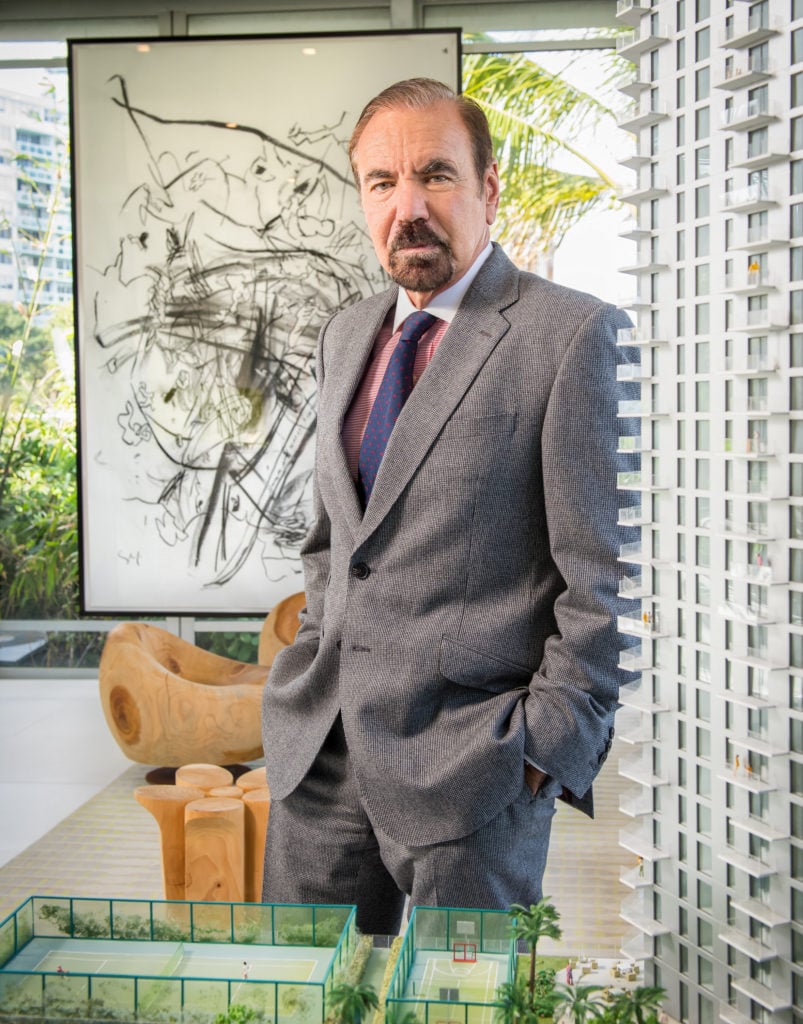
Jorge Pérez. Photo by Andrew Milne.
The development faced considerable opposition at the meeting, with members of the Native Americans community calling the project a “desecration” of an ancient burial ground. (Excavations unearthed two grave sites; under Florida state law the Seminole tribe must be allowed to rebury any Indigenous remains found by archaeologists.)
Despite withdrawing part of its proposal for an official historic designation, the preservation board is requiring Related to consult with the local Native American community and independent archaeologists in drawing up a “preservation action plan” for the site.
The adjacent lot at 444 Brickell Avenue could still receive the protected landmark designation, pending a final vote in July by the preservation board.
Currently, Related plans to tear down the 10-story office building that stands on the site to erect a luxury condo called the Baccarat Residences. The demolition is expected to yield similar archaeological discoveries from the prehistoric Indigenous community.
“We are pleased with the board’s decision,” Pérez said in statement provided to the Herald. “We also agree that the 444 Brickell site should be celebrated and honored. We will work with the city hand in hand on the designation of the 444 Brickell site. Our efforts will continue to be transparent and inclusive. We know that working together on the preservation of archaeologically significant sites is a collaborative effort that benefits everyone.”
“I was very disappointed that the board moved away from the prescribed procedure of designation and went with this vague promise of an ‘action plan,’” Pestle told Hyperallergic. “Unless there is legal enforceability for the grand plans that Pérez talked about, I am afraid all those promises will amount to nothing in the long run.”







